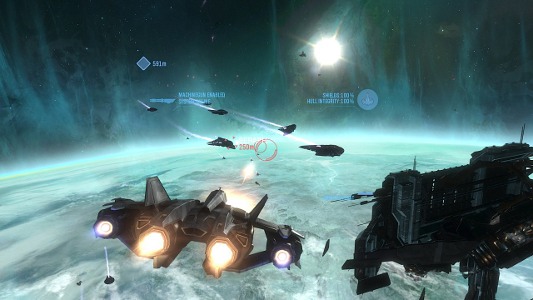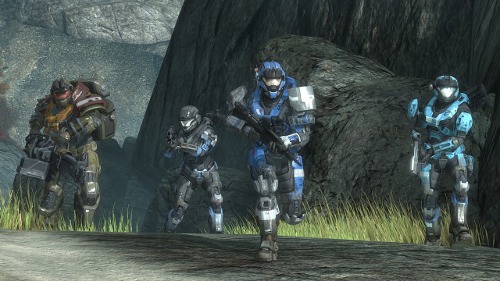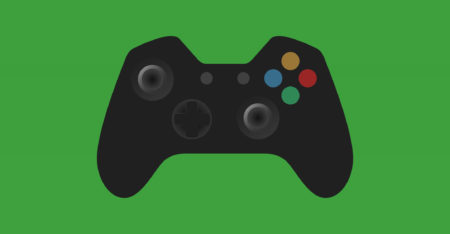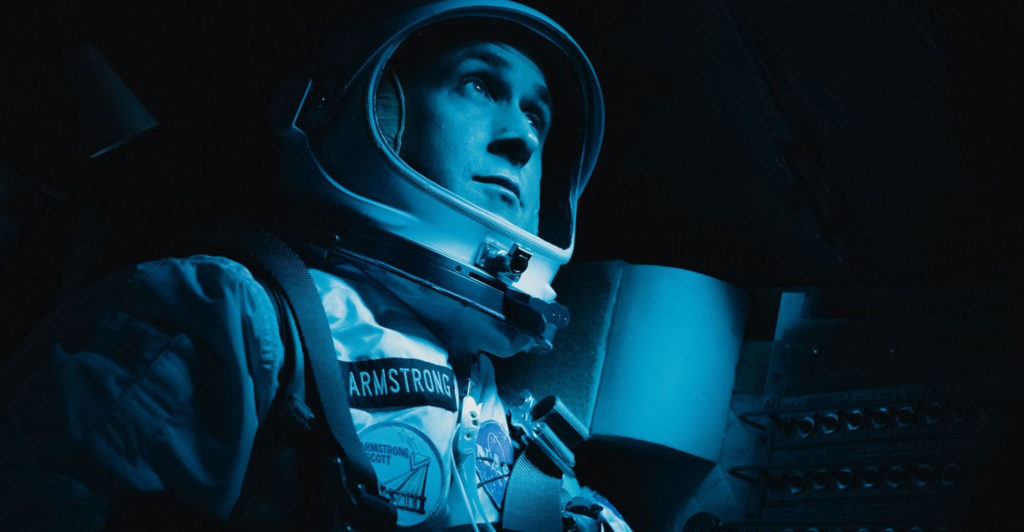The news earlier this year that Bungie had signed a publishing agreement with Activision-Blizzard to create a multiplatform game shook the videogame world to its foundations.
This is the developer that created Halo, the game series that has carried Microsoft’s Xbox brand on its shoulders from the day it was born. But at least Bungie gifted Microsoft with a magnificent parting shot in the form of Halo: Reach before it leaves the franchise behind for good.
The game has earned extravagant praise from critics and racked up $200m in sales in its first 24 hours on the shelves, making it the biggest games release of the year to date.
The game is a prequel to the earlier Halo trilogy that starred the genetically enhanced Spartan super-soldier, Master Chief. It traces the fall of the planet Reach to the Covenant aliens, a critical event in the Halo universe. Once again, the player is put in the enormous boots of a Spartan and tasked with saving humanity from the Covenant.
The original Halo was subtitled “Combat Evolved”. This one could perhaps be best described as “Combat Refined” – a distillation and improvement of every element of the game that leaves its fundamentals untouched.
Halo: Reach offers perhaps the best campaign in the Halo series to date. The campaign is lean and focused, keeping all the factors that ever make the franchise great and ditching most of the things that ever held it back.
There are few of the repetitive corridor crawling levels that have cropped up in most of the earlier Halo games. Instead, the game is heavy on vehicular combat and firefights in expansive outdoor environments – the elements that Halo is particularly good at and that set it apart from most other first person shooters.
That’s not to say there isn’t variety in the game. It’s beautifully paced and constantly mixes up the enemies, weapons and vehicles in its set pieces to keep players on their toes. One neat addition to the series is its first ever space combat sequence.

Most of the weapons and enemies in the game are instantly familiar to anyone who has played a Halo game before, but many of them have been given a welcome nip-and-tuck. One of the criticisms I have about earlier entries in the franchise is how weedy some of the guns felt.
Now, many of the guns feel like they have heft in your character’s hands for the first time and like they spit real bullets that actually hurt your enemies. You can no longer dual-wield weapons, but most of the guns are beefy enough for that no longer to be necessary.
Perhaps the most significant addition Reach makes to the formula is a selection of armour abilities. Your Spartan can have one of these active at a time. They replace the equipment packs of Halo 3 and provide bonuses such as jetpacks, the ability to sprint and the ability to create holograms to distract enemies.
YouTube video: Halo: Reach gameplay trailer
Enemy artificial intelligence, one of Halo’s traditional strong points, is even slyer and more vicious than it was before. Most enemy encounters can play out in a number of ways, depending on the tactics and weapons that you use.
Halo veterans playing on the heroic or legendary difficulty levels will find this to be the most challenging Halo game to date. You can play the campaign with some friends on the Internet or on your couch, but this time the game scales up the difficulty with the number of players.
If there is one criticism of the campaign, it is that the story isn’t told particularly well. You’re thrown into combat with a bunch of characteristically gruff, wooden Spartans and make your way through Reach with little sense that you are seeing the tragic fall of an entire planet to alien invaders.
As good as the campaign is, the multiplayer component is the main reason to buy Halo: Reach. Like the campaign, multiplayer is a refinement rather than a reinvention of earlier games in the series.
But the various tweaks and additions to the game mean that it’s likely to eclipse Halo 3 on the Xbox Live multiplayer scene. If you’re not one of the thousands of South Africans already making unauthorised use of the Xbox Live service, you’ll be able to sign up for the service in November when it launches here.
The armour abilities of the campaign mode have been carried through the multiplayer game, adding a new layer of tactical depth to the game. The map design is uniformly superb, whether you’re playing an objective-based team game or a free-for-all death match. Sadly, there’s only a dozen or so multiplayer maps available, though more are sure to released as downloadable content in the coming months.
Halo isn’t the most complex multiplayer game in the world, but its fast-paced, arcade-like gameplay is accessible, addictive and neatly balanced. What the game lacks for in depth, it makes up for with the sheer variety of new and classic multiplayer modes on offer.
Halo: Reach builds on Halo 3’s community features, which are arguably the best in any console FPS. It’s pleasingly easy to round up some Xbox Live friends and jump straight into a multiplayer game. Of course, you can share screen grabs from your games on the Web and Xbox Live.
The Firefight mode that last year’s Halo: ODST introduced to the franchise returns in Reach. It’s an answer to the Gears of War horde mode or Call of Duty’s Nazi zombies, tasking players to survive wave after wave of invading enemies. This chaotic mode adds even more value to an already well-rounded package.
The Forge, which allows creative players to develop custom game variants and edit levels, is back as well.
Halo: Reach is based on a new graphical engine that gives the game a substantial visual boost over Halo 3 and Halo: ODST. The frame rate holds up well irrespective of how many explosions, enemies, allies and vehicles the game throws at its engine at any given time.
Microsoft retains the Halo intellectual property and is building an in-house studio to take over the Halo universe where Bungie left off. But it’s hard to see how anyone else is going to fill Bungie’s hulking Spartan armour. — Lance Harris, TechCentral
HALO: REACH
Graphics 8/10: Halo: Reach’s new graphics engine renders the game’s gorgeous, sweeping panoramas without a hitch.
Sound 9/10: Superb audio design and an evocative score pull you into Halo: Reach’s world.
Gameplay 9/10: Halo: Reach’s campaign offers brutal enemy artificial intelligence, great level design and breathtaking action. The multiplayer modes brim over with variety and offer the best community features in the business.
Value 10/10: You’ll push your way through the campaign in eight to 10 hours, but the rich community features and depth of the multiplayer game will give Halo: Reach a long shelf life.
Overall 8/10: The shallow story and a lack of innovation are the only real flaws in Halo: Reach. It is crammed full of content and refines an already successful gameplay formula to perfection. It’s a triumphant farewell to the franchise for Bungie.






